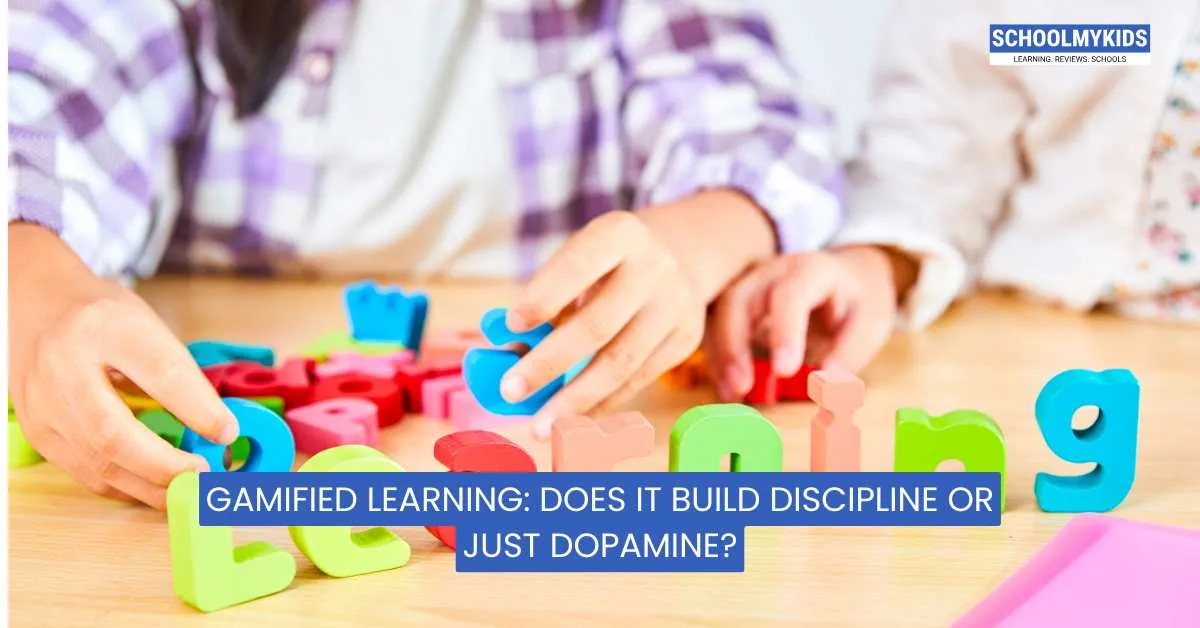Education has always had a marketing problem. Ask a child to memorize multiplication tables, and you’ll get groans. Add points, badges, and leaderboards? Suddenly, math feels like a quest to slay a dragon. That’s the magic of gamification—turning ordinary learning into something interactive, rewarding, and competitive.
But beneath the confetti and achievement badges lurks a serious debate: is gamified learning cultivating discipline, or is it just hacking brains for a quick dopamine rush?
The Rise of Gamified Learning
From language apps like Duolingo to coding platforms with badges and streaks, gamification is everywhere. Educators and ed-tech companies realized that game mechanics—points, levels, progress bars—tap into our reward systems, keeping learners engaged longer than traditional methods.
It’s not new. Even old-school teachers used star charts and gold stickers. The difference now is scale: technology can gamify every click, every quiz, every day.
The Dopamine Argument
Critics say gamification is basically sugar-coating. It doesn’t make learners disciplined; it makes them addicted. Each streak maintained or badge unlocked delivers a small dopamine hit, much like social media likes.
This creates two risks:
- Extrinsic Motivation Trap: Students may learn only for rewards, not for the subject itself.
- Burnout When Rewards Stop: Once the badges lose novelty, the motivation collapses.
In other words, gamification risks raising a generation of learners who chase points but drop the game when it gets hard.
The Discipline Argument
Supporters counter that gamified learning isn’t about bribery—it’s about scaffolding. Games build habits through repetition, feedback, and clear goals. These are the same ingredients that build discipline in real life.
- Consistency: Streaks encourage daily practice, building routine.
- Resilience: Levels and retries normalize failure, teaching persistence.
- Goal Setting: Progress bars break down big goals into smaller wins.
In this sense, gamification isn’t a cheap dopamine hack—it’s a structured training ground where discipline sneaks in through the back door.
The Middle Ground: Design Matters
The truth lies in how gamification is designed. Thoughtful gamified systems can foster self-discipline if they gradually shift the learner from extrinsic motivation (badges, streaks) to intrinsic motivation (love of mastery, curiosity).
Poorly designed systems, however, turn education into slot machines, where the only lesson learned is “play until bored.”
The Future of Gamified Learning
We’re moving toward more nuanced gamification: adaptive challenges, collaborative quests, and systems that reward mastery, not just mindless repetition. Expect AI to personalize these systems, tailoring difficulty and rewards to balance fun with genuine discipline-building.
If gamification is the spark, discipline is the fire that keeps burning long after the badges lose their shine. The real test of gamified learning is whether it leaves learners motivated when the game is gone.
Conclusion
Gamified learning can be both a dopamine dispenser and a discipline builder. The difference lies in design and execution. Used wisely, it can transform passive learning into active habit-building. Used poorly, it risks creating educational fast food—tasty, addictive, but not nourishing.
In the end, the goal isn’t to make learning a game forever. It’s to make learners disciplined enough to keep playing, even when the rewards stop flashing.









Be the first one to comment on this story.